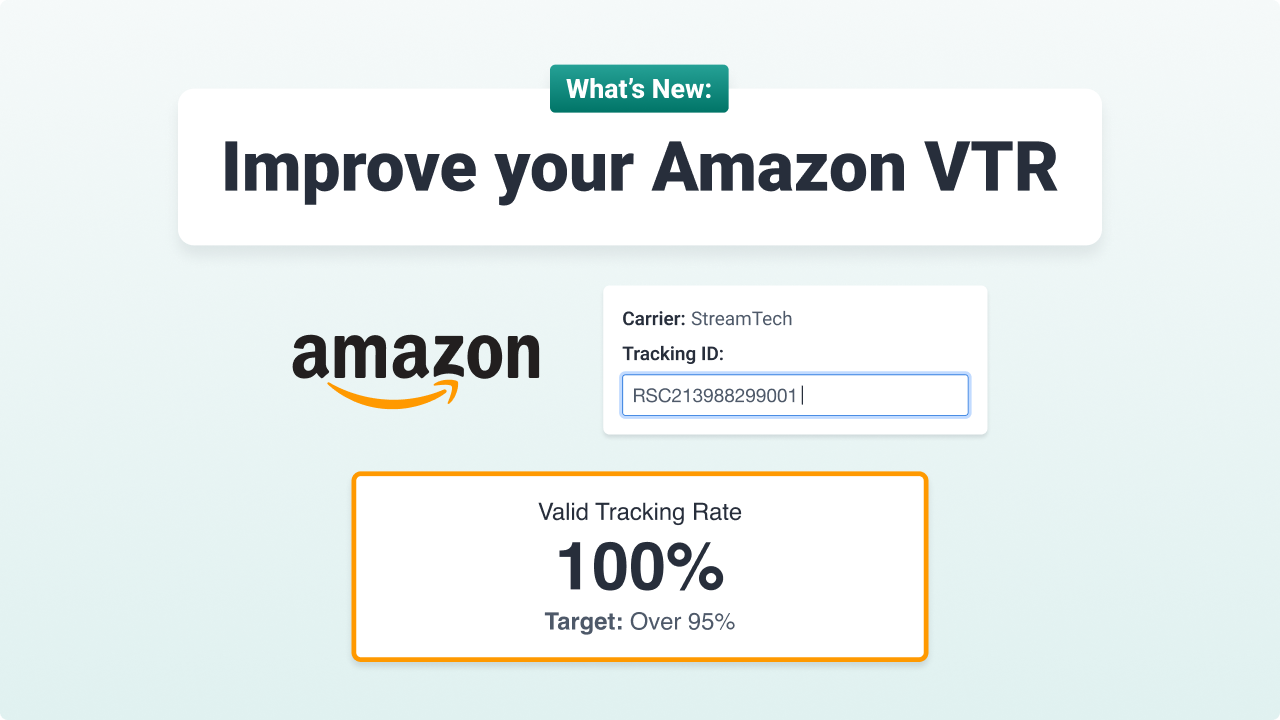The Guide to Maintaining Roadworthiness is a document from the DVSA (Driver Vehicle and Standards Agency), which breaks down exactly what commercial and passenger-carrying vehicles should do to stay compliant and keep their vehicles roadworthy.
It’s the number one resource you need to understand what is expected of you, as a transport manager or fleet owner, to comply with safety legislation around commercial vehicles.
The latest update of the guide, released in 2018, is over 100 pages long, and covers lots of aspects, from responsibilities to regular and first-use inspections, as well as the daily walkaround checks.
This post will take an in-depth look at the requirements for daily safety checks.
Why do you need to do daily walkaround checks for commercial vehicles?
Alastair Peoples, former Cheif Executive of the DVSA, summed up the rationale behind proper completion and reporting of safety checks:
“Keeping your vehicles in a roadworthy condition is good for business, good for the environment and keeps road users safe”
What exactly does that mean? Let’s break it down. Keeping your vehicles in a roadworthy condition…
- … is good for business: roadworthy vehicles are efficient vehicles, so by maintaining roadworthiness your business will save the resources that may have been wasted dealing with avoidable accidents and breakdowns. Keeping your vehicles roadworthy should also improve your company reputation, as you become known for reliability.
- … is good for the environment: running an efficient vehicle will always be better, environmentally, than a run down fleet. Avoiding breakdowns leads to far fewer recovery vehicles on the road too.
- … keeps road users safe: last, but by no means least, safety is really the ultimate goal of roadworthiness and compliance. Sending an unsafe vehicle out on the road is putting at risk not only your drivers but also pedestrians and other vehicle users, which could result in injury and even death (and the associated legal action if you’re found to be at fault).
Who is responsible for the daily walkaround checks?
The guide makes it clear that it is the joint responsibility of the driver and the operator to ensure that daily checks are carried out by a “responsible person”.
They go on to recommend, however, that the responsible person, who carries out a daily inspection before a vehicle is first used on the road, should normally be the driver. Moreover, they specifically state that:
“As the driver, you are responsible for the condition of your vehicle when in use on the road.”
The operator is, however, responsible for keeping records of the check reports (these should be kept for 15 months), and for ensuring that action is taken, where necessary, in terms of removing the vehicle from service until defects are resolved.
In the latest version of the guide, released at the end of 2018, Lead Traffic Commissioners Sarah Bell & Kevin Rooney highlight this responsibility, noting that:
“Undertaking an effective walkaround check, acting on what is found and recording that action is as much a part of a driver’s duties as steering the vehicle down the road. Failure to do so puts both drivers’ and operators’ licences in jeopardy”
What does recording and reporting the checks actually involve?
There is no definitive list of the actual, individual checks required on any vehicle, though the DVSA do provide a sample checklist in the guide, as well as a diagram (which deviates from the example list in the guide) for HGVs (Heavy Goods Vehicles), PSVs (Public Service Vehicles), and vans, or LCVs (Light Commercial Vehicles). The list was updated in the 2018 release of the guide, to include vehicle height and AdBlue system checks.
Essentially, the checks will vary from vehicle to vehicle and business to business. With any system, it is a good idea to include the ‘core’ checks, suggested in the DVSA’s guide and diagrams, and then for operators to include additional checks, as they pertain to their particular environment. As the guide states:
“The ultimate test will be whether or not a vehicle is, in fact, roadworthy.”
In terms of requirements for recording and reporting defects, the guide tells us that operators must have a clear system and process in place for reporting and recording defects, which should include details of the repair or work that made the vehicle roadworthy again.
Defects should be included in a written report, along with any checks made and found to be roadworthy, where the driver should record a ‘nil’ defect. Each defect on the report should include:
- Vehicle registration or identification mark
- Date
- Details of the defects or symptoms
- Reporter’s name
- To whom the defect was reported
Every defect report must be stored and made available for a minimum of 15 months, along with details of repair work completed, and the person who completed that repair work.
What’s the easiest way to record vehicle safety checks?
There are a few practical ways you could record and store details of safety checks, defect reports and repairs carried out:
- Paper Checks and Records: Many businesses are still using paper check sheets and filing these in physical storage for the required 15 months. Though drivers and staff may be familiar with the system, the production and storage of paper records, along with the admin. time involved makes this method quite costly and inefficient. Paper records are also more likely to be lost or damaged than their electronic counterparts, so even if checks are undertaken, records are likely to be missing, or hard to read.
- Paper Checks and Electronic Records: Again, the upside to paper checks is that drivers are likely to be more familiar with using them than using an app. Unfortunately, even when they are stored electronically, there is still a high risk of losing or damaging paper checksheets before they can be stored. Whilst electronic records have the advantage of being more secure, and more easily located than paper storage, transferring paper check sheets to electronic records is, if anything, more time- and resource- heavy than filing paper sheets. If the transfer relies on manual data entry (rather than scanning sheets and storing a copy), there is also a high likelihood of mistakes.
- Electronic Checks and Electronic Records: Whilst they might take a little getting used too, completing daily checks in an app is no different to completing other day-to-day tasks on a smartphone. Using an app means that checks are immediately put into secure, cloud-based storage, as soon as the driver is in signal (checks are stored on the device until they can be transferred), so there is a little-to-no risk of loss or damage to reports. This immediacy also completely removes the need for manual storage of records, cutting down the spend on admin resources.
We might be biased, but using software like STREAM fleet maintenance, along with a driver daily walkaround check app does look like the simplest and most cost-effective option.
Want to read more blog articles about maintaining roadworthiness?
Information on what you need to know about and maintaining roadworthiness changes on a regular basis. We’ve kept up-to-date and written other articles on what the latest best practice is. You can read these articles to learn more:
Demystifying the Guide to Maintaining Roadworthiness: Regular & First Use Checks which was written in 2017.
A review of the changes to the Guide to Maintaining Roadworthiness which was published in May 2023.
There is also an article from 2018 which focuses on using electronic systems to maintain compliance with safety checks.
And going bang up to date, how about this article which asks: What does ‘roadworthiness’ mean?
On a related subject, there is lots of data available in this article about commercial fleet compliance checks .
If you want to read something a little more light hearted, this article lists the top 5 more unusual reasons given for order a replacement V5C logbook in the UK.
And finally, how about this article which examines the role of the Transport Manager?



